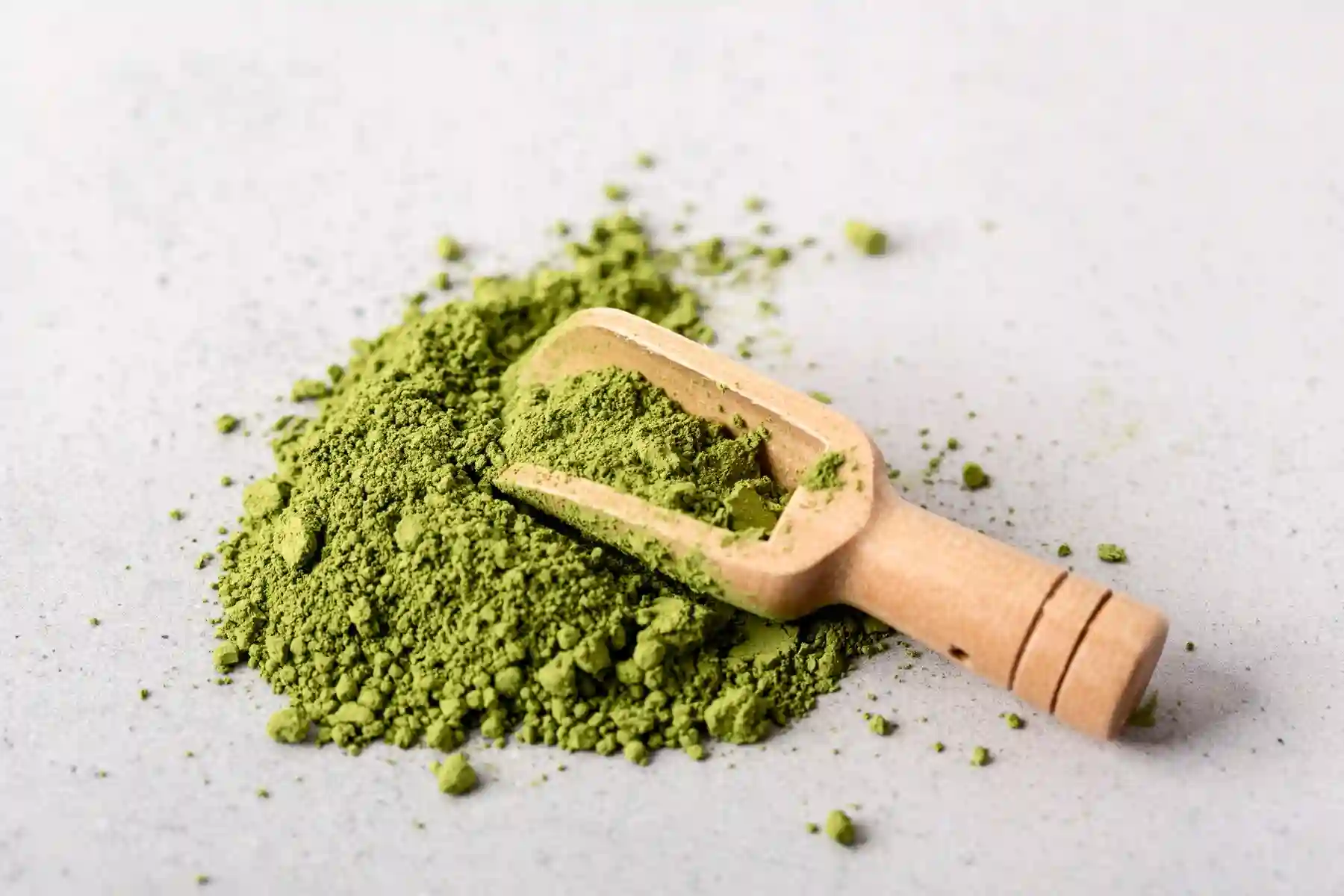Hear ye, hear ye, Kratom has officially become regulated in the State of Utah. Yes, you heard that right. The Mormons were the first in the nation to draft legislation in favor of the regulation of Kratom. What does this mean for Kratom consumers? Also Scott Gottlieb has officially resigned from his position as head of FDA. Coincidence? (Spoiler alert: probably.)
The Pros
The FDA has been long arguing about the dangers of Kratom being sold in an unregulated market. They quote statistics of Kratom overdoses as well as anecdotal evidence of certain products being sold on the market which do not meet safe standards.
For the naysayers in the FDA, the only solution is criminalizing Kratom.
Unfortunately, making Kratom illegal would deprive many people of a therapeutic natural product which is a far safer alternative to other pharmaceutical drugs which people may take. By admitting the substantial benefits and relatively low risk level of Kratom, overdose deaths from other drugs would likely be reduced as people would have the opportunity to discover a far safer alternative.
While there hasn’t been a serious effort at regulation so far, it seems that the state legislature of Utah, decided to step forward and become the first state in the nation to propose legislation for a legalized, regulated market for Kratom.
The legislation provides for various safety measures including outlawing any product,
Other issues addressed are the criminality of selling to minors and the obligation for accurate labelling.
These rules overall sound rather standard and beneficial to Kratom consumers, as it would decrease the chances of people buying a substandard product. The 2% limit of 7-hydroxymitragynine to overall alkaloid composition does not diminish the effects of the Kratom experience but rather keeps it at the recommended level for maximum effect which is at a relatively low dose.
The Cons
The cons are largely represented by the suspicion that any kind of government control and regulation is a slippery slope. It is a purist libertarian position which states that people should be free to consume whatever they wish and the government has no right to stop them.
While this is a fair argument, there is a reason why libertarians never won the presidency. Some regulation could be a good thing, especially when there could be bad actors selling tainted product—if not just to provide some confidence to those who could benefit from Kratom but are wary at the possible safety risks.
The Arch Enemy Resigns
Scott Gottlieb, head of FDA since 2017 has officially stepped down. As a long-time crusader against the cause, some of us Kratom peeps may be celebrating. Yet his replacement may not be much better—the devil you know and all that.
In other words, a window of opening to push for recognition, status and regulation around the nation. At the same time we should all be wary and watch carefully who he will be replaced with.
Kratom’s time is here. We have to take advantage and present it as the awesome experience it has the potential to be for the people.
{description}





